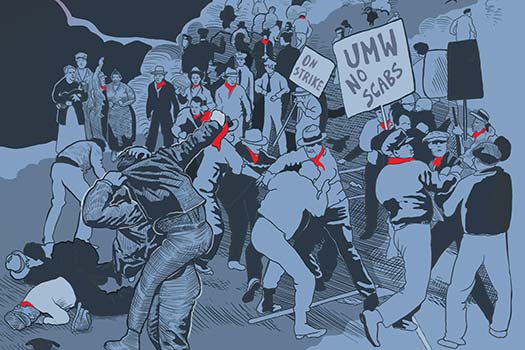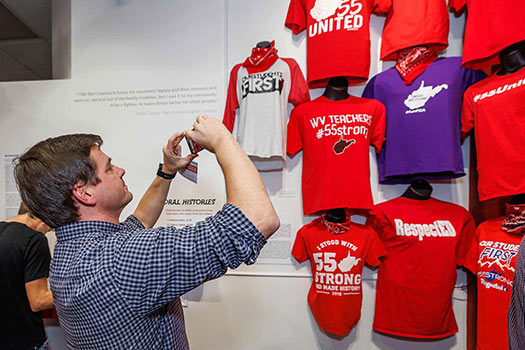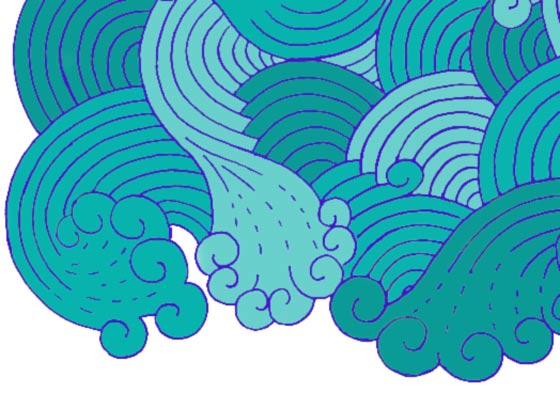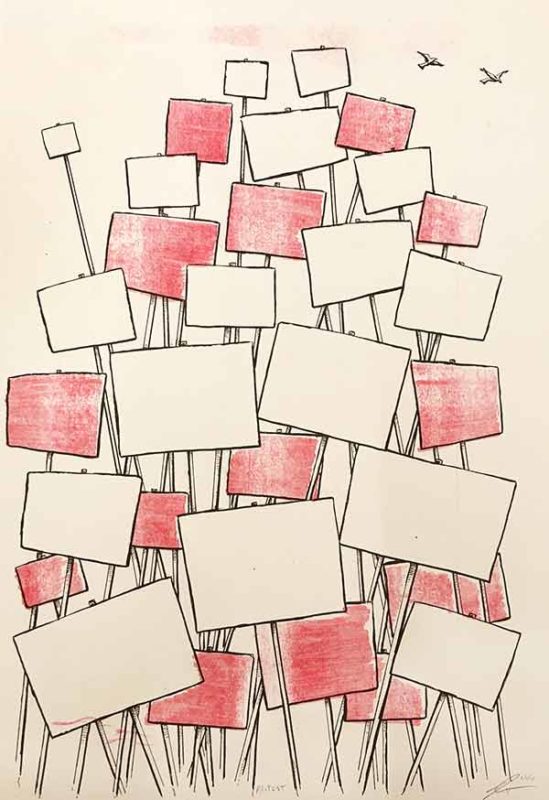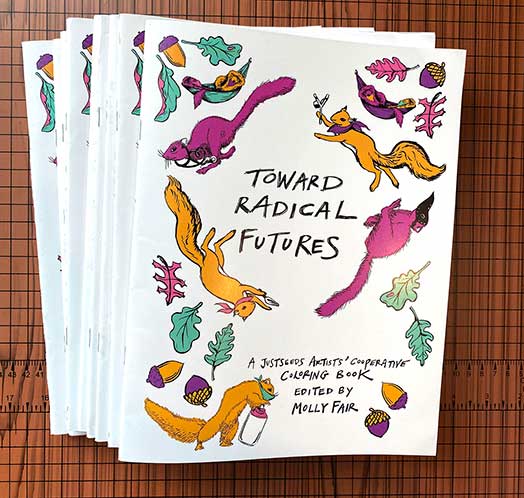
A couple weeks back, I participated in “Crowdsourced”, an exhibition organized by Robert Razcka at SPACE here in Pittsburgh. Robert has been doing these time-restricted projects for about ten years now, wherein artists have somewhere in the range of 8 hours (a modern, First World industrial work shift, give or take) to hammer out a project within the exhibition space. These (mostly) annual projects are quite fun to be a part of – Mary Tremonte and I collaborated on one of Robert’s shows in fall of 2010. This time around, for “Crowdsourced”, the core directive was that participating artists must interact with people who came into the gallery in the generation of their projects.
I worked from a trope I’ve been touching on for awhile now: bandit signs. Primarily used by the independent real estate business, bandit signs are typically obnoxious, poorly designed rectangles of vinyl-on-corrugated plastic nailed high on utility poles in most American cities. Across the country, municipalities hate them – and most citizens despise them as well. They advertise quick fixes for a myriad of our most base anxieties: housing “solutions”, debt absolution schemes, selling off your gold or jewelry, pay-day loans, finding you a date, helping you get skinny, work from home rackets, etc. Posting the signs is almost always illegal, but the frequency with which they proliferate typically outmatches any city’s local resources for taming their relentless generation. Online companies that churn these out can almost guarantee you’ll get enough response from them to make up for their cost and your effort, even if they are relentlessly removed by the city or sightline vigilantes.

There’s something I enjoy about bandit signs, if anything because they are at least some form of trying to get information into the public sphere by circumventing legal methods for doing so. Granted, they are almost always advertising something that gnaws at the foundation of communal stability and individual happiness. Yet, I regularly find myself envisioning ways that standard sign language can be repurposed while maintaining the look and feel, the vernacular, of an already agreed-upon way of doing things.
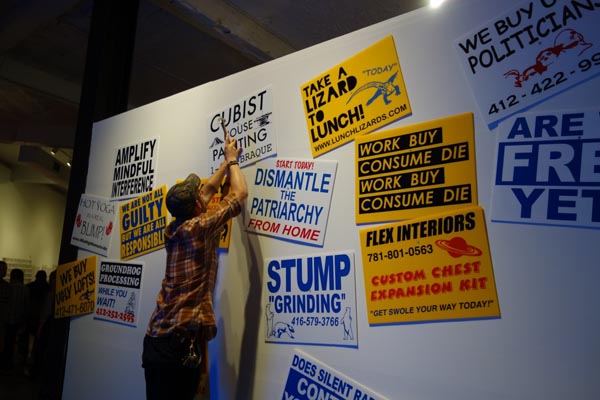
(photo by Paul Heckbert)
I also make a lot of signs in my day work, so I’ve got the tools at hand, should I (or anyone else) need them. For “Crowdsourced”, I brought those tools to the gallery. I dragged in a vinyl plotter and it’s attendant PC, a big box of corrugated plastic sign blanks, and some rolls of adhesive vinyl. I spent eight hours working in the space on ideas sourced from emails to cohorts earlier in the week and from people who walked in the door willing to work out an idea (that may or may not include some terrible clip art)and make an actual sign from their concept. That evening brought with it one of the Pittsburgh Cultural Trust’s popular Gallery Crawls – ostensibly a celebration of art in which attendees are ramrodded at capacity into each of the Trust’s temporary downtown exhibition spaces, with kegs of beer flowing inside like cloying wellsprings amongst the local art. It’s quite a circus if you’re on the operational side of a Crawl, and I felt afterwards like I had run through something of a social gauntlet. From within this maelstrom of free beer, loud music, and shoulder-to-shoulder rivers of people, I fabricated some bandit signs with a few willing participants. I nailed most to the wall, and a few with specific references to downtown were stuck up in the gallery’s massive front windows. When the exhibition comes down in another month, it’s a good bet that these signs will be released from the gallery to find a place in their natural habitat…
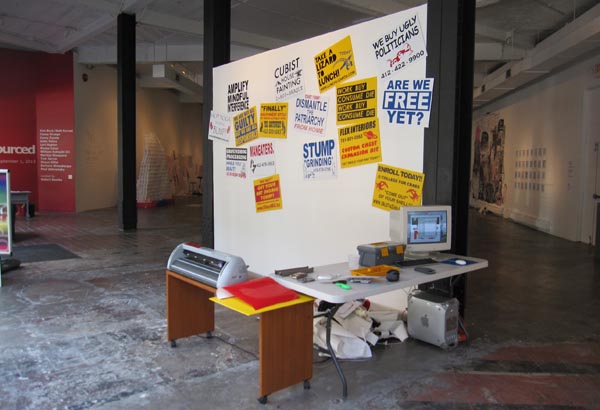
In the end, I worked through some great ideas, some ideas I didn’t fully understand, many ideas I unfortunately couldn’t fabricate because I ran out of time, and a couple that I certainly wouldn’t have made on my own! In retrospect, I underestimated the capacity for a random person to catch what I was going for and immediately generate their own idea based on that concept. It was, however, an interesting exercise, and the response from participants was overwhelmingly positive. Often, the tools to make the visual “landscape” that surrounds us in cities are completely arcane – I learned this closely when I used to teach screenprinting to youth at a local museum. If you have access to such tools, and place them in front of people alongside a willingness to be open to their ideas as you demystify the fabrication process, it can be wildly generative for everyone involved. For “Crowdsourced”, most of what happened were inside jokes and general hilarity, but it’s got me thinking about more directions this could go from here.

Scott Turri at Art Hopper has a nice review of the “Crowdsourced” exhibition. In Atlanta, John Morse took a particularly thoughtful approach to the bandit sign tactic through haiku. And, in Philadelphia, Huggie Butterworth has been appropriating pre-existing bandit signs in a way that is not only essentially ridiculous, but a welcome neutralizing of the signs’ original content.
